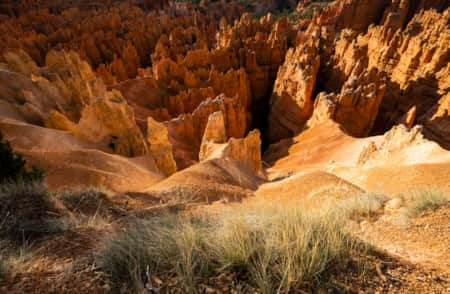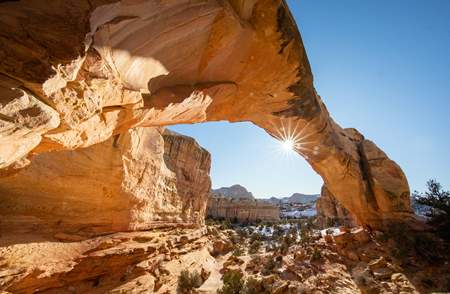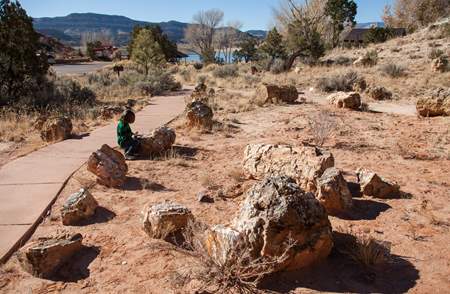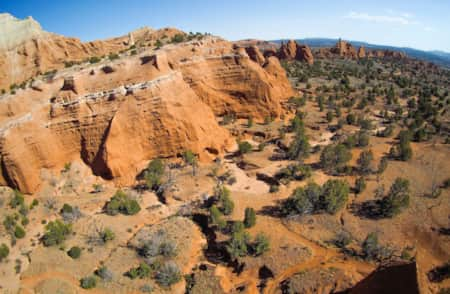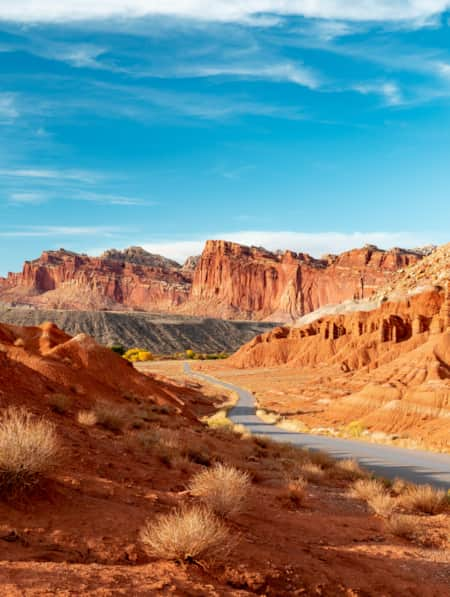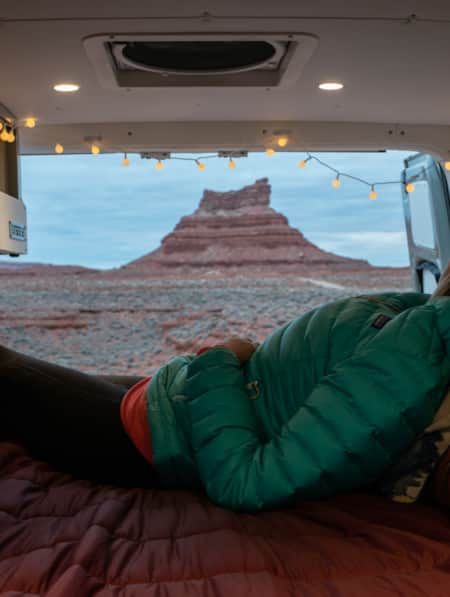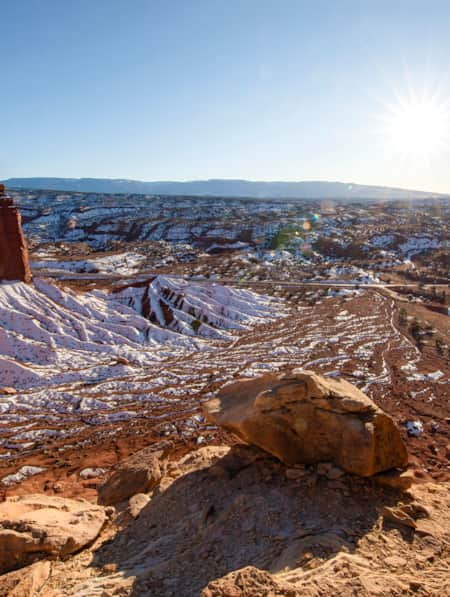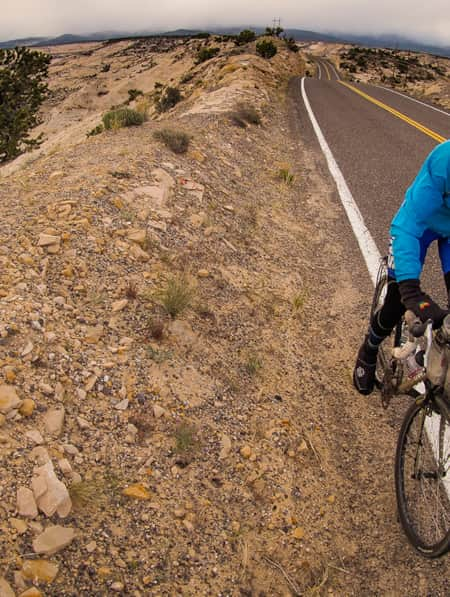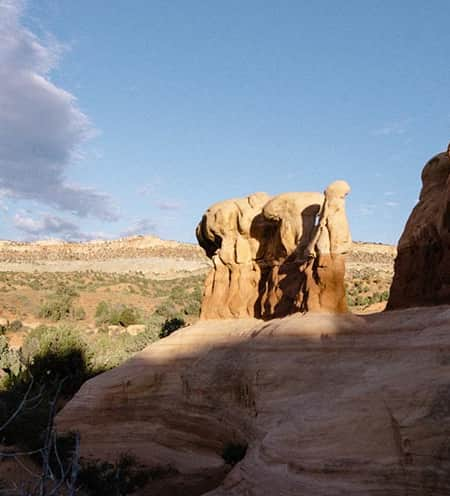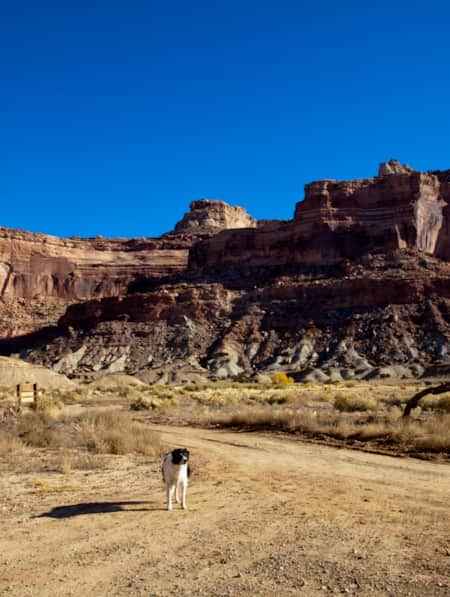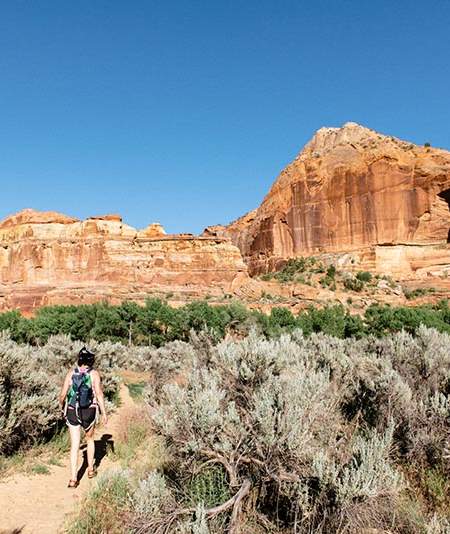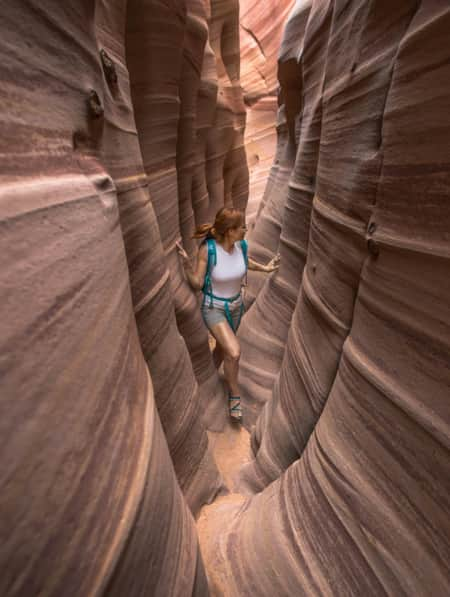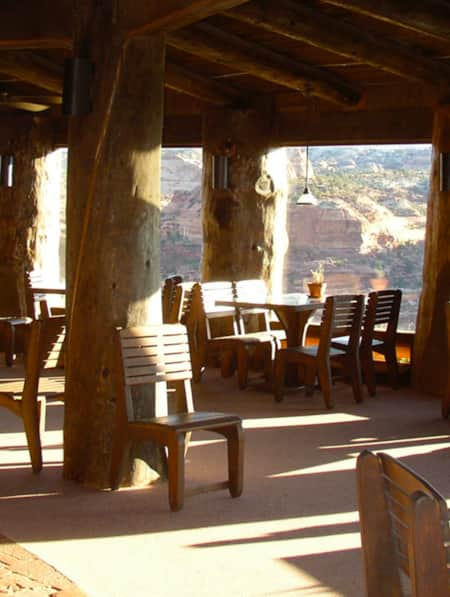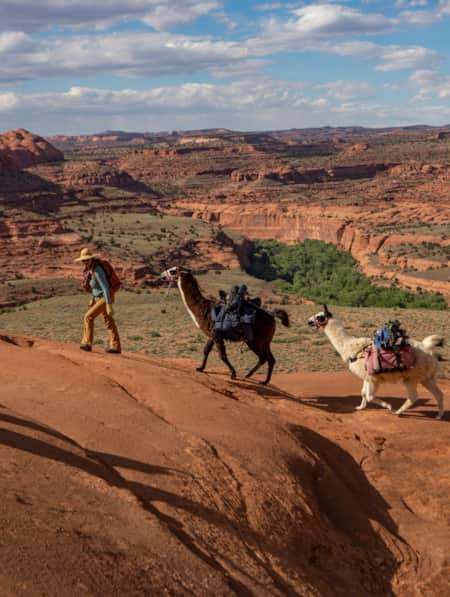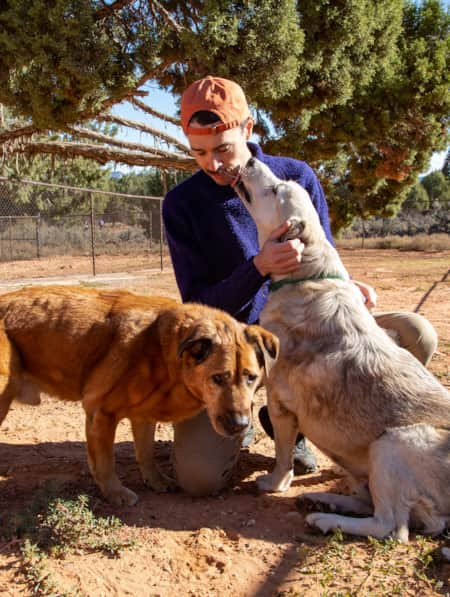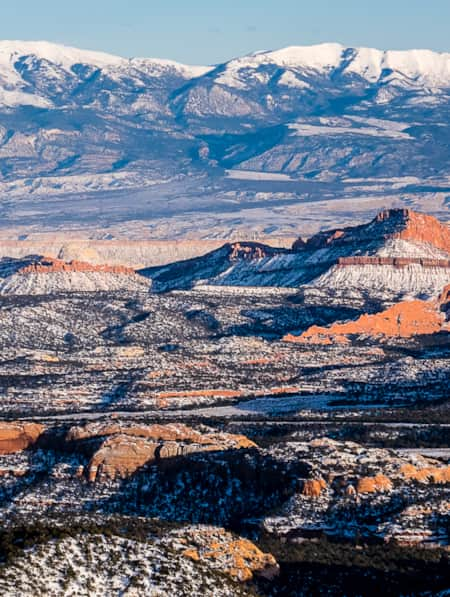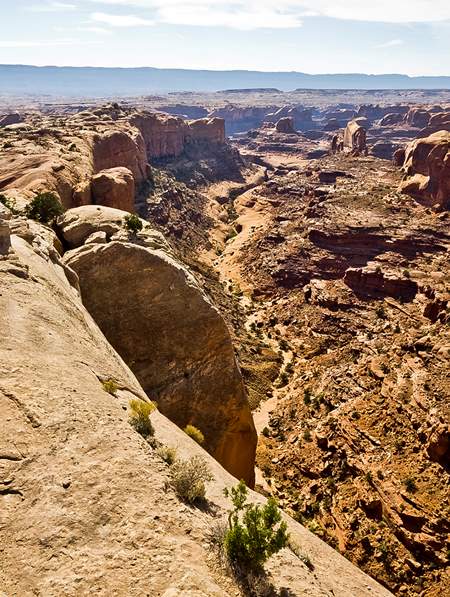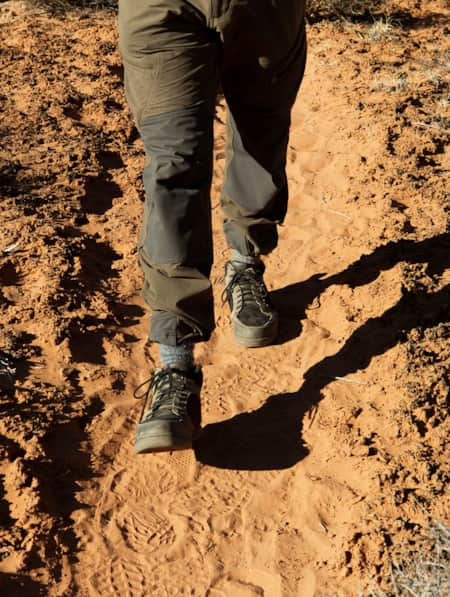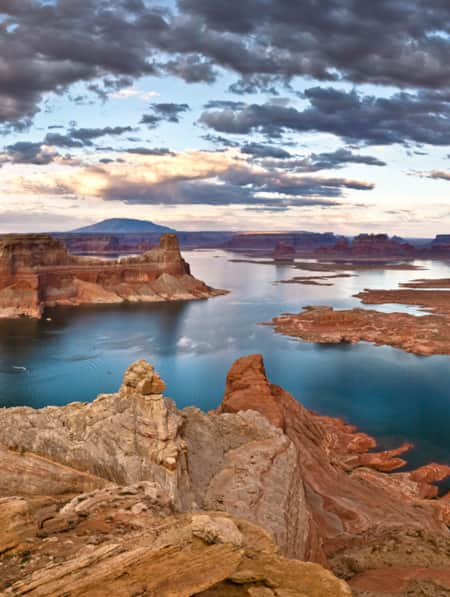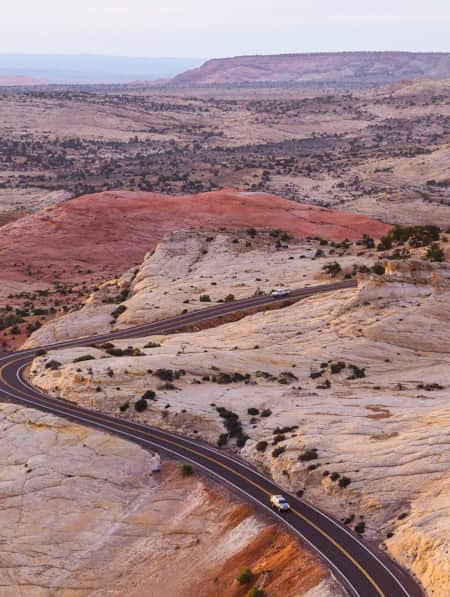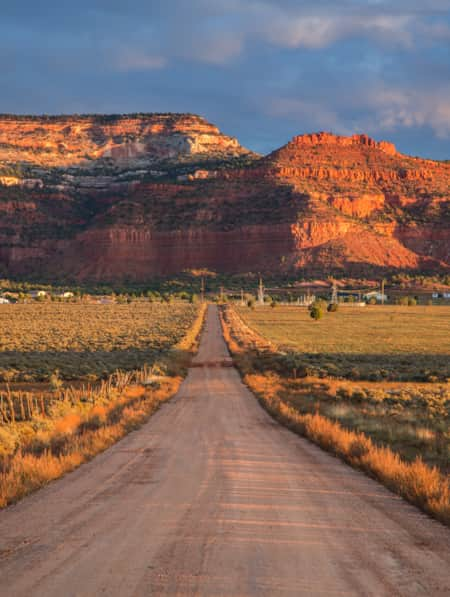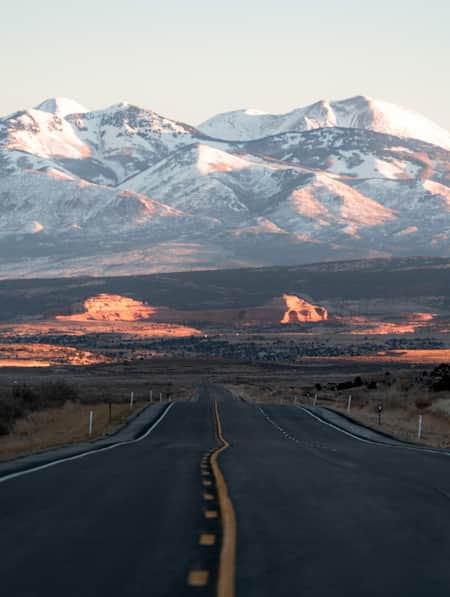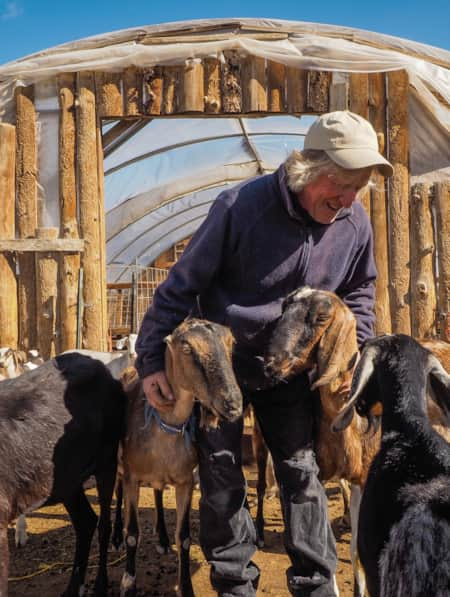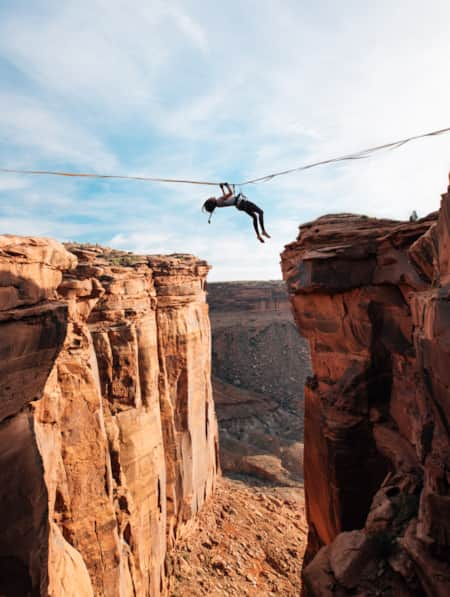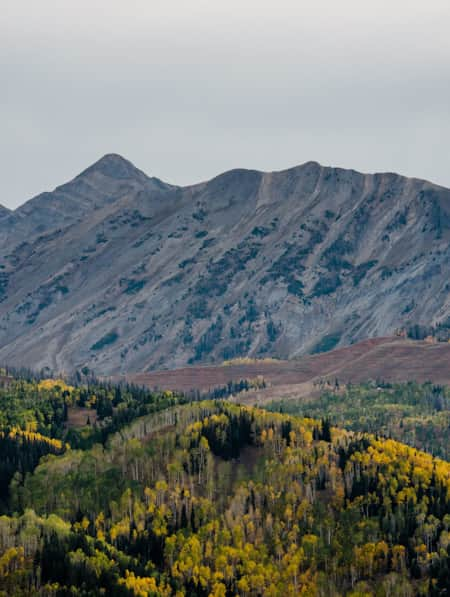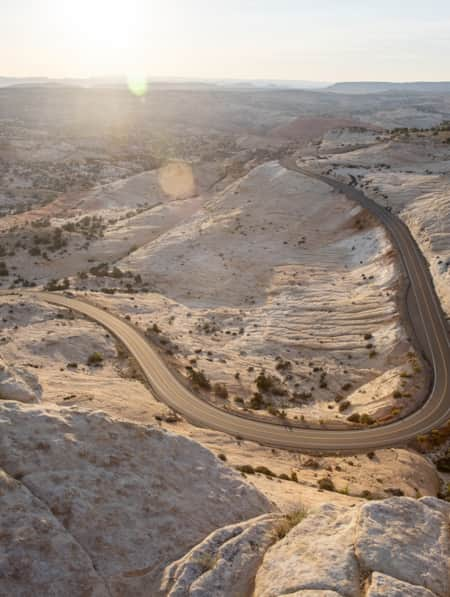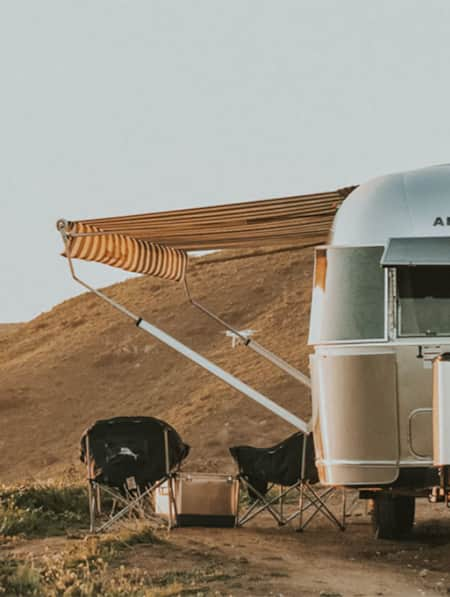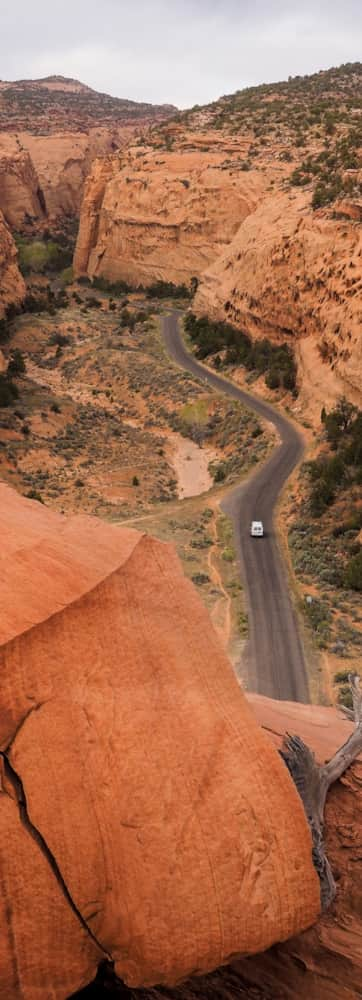
Grand Staircase-Escalante
Explore the Regions
-

Escalante Canyons
The Escalante Canyons region of Grand Staircase–Escalante National Monument draws interest year round for hiking and canyoneering.
-

Grand Staircase
The Grand Staircase region of Grand Staircase-Escalante is remote and infrequently visited, but it is spectacular and contains the most extensive network of slot canyons in Utah
-

Kaiparowits
The Kaiparowits plateau falls between the Grand Staircase region (to the west) and the Escalante Canyons region (to the northeast). It is separated from the proposed Grand Staircase National Monument by the Paria River.
On Oct. 8, 2021, President Biden issued a presidential proclamation modifying the boundaries for Grand Staircase-Escalante National Monuments. Before you visit Grand Staircase-Escalante National Monument, make sure you are prepared with the most up-to-date information about the area by calling or stopping by an office or visitor center listed below.
The Escalante Canyons area is the most popular area of the monument, especially among hikers. Active waterfalls, arches, riparian oases, sculpted slickrock and narrow canyons are part of the appeal of hikes through the Escalante’s backcountry.
The Grand Staircase area is more remote and less visited. It is spectacular and contains the most extensive network of slot canyons in Utah.
These two areas are separated by the 1,600-square-mile Kaiparowits Plateau, which features unique sedimentary rock formations containing an unbroken record of fossils spanning 30 million years.
Visitors will find a vast and pristine backcountry that affords excellent opportunities for solitude and unconfined wilderness recreation, along with great scenic driving opportunities and endless camping options, both developed and primitive. But wherever you travel in this magnificent landscape, whether a drive down remote desert roads or a hike up lonely canyons, you will be rewarded at the end of your trip with vivid memories and a yearning to return.
Much of the sweeping Grand Staircase region is quite remote. Very few trailheads can be reached on paved roads.
Visitors to the backways should carry plenty of water (at least one gallon — 4 liters — per person, per day) and be equipped to get themselves out of any difficulty they might encounter. Summer temperatures can range over 100° F (38°C) and winters can drop well below freezing at night. Perhaps most importantly, sudden heavy rains may make this road impassable — even for high-clearance, 4WD vehicles.
Visitor Centers and Entrances
There are no official entrances into the monument(s), but a number of visitor centers surround the area. The main visitor center to the Escalante Canyons section is the Escalante Interagency Visitor Center (755 W. Main St., Escalante, UT 84726; 435-826-5499; open 8:00 a.m.–4:30 p.m. 7 days a week mid-March to mid-November, Monday through Friday the rest of the year; GPS 37.772789, -111.615537). The visitor center offers Escalante Canyon maps and great interpretive displays as well as helpful staff members who can answer your questions.
On the west (Grand Staircase), the visitor center in Kanab can be called at 435-644-1300 and is at 745 East Highway 89, Kanab UT 84741
A smaller visitor center on the north side of the monument along Scenic Byway 12 is in Cannonville. Call 435-826-5640. This location is closed in the winter.
The Big Water Visitor Center and dinosaur museum is a great stop on U.S. Highway 89 on your way to visit Lake Powell, Antelope Canyon, and Glen Canyon Dam, or to hike one of the numerous trails located within the Grand Staircase region. The Big Water phone number is 435-675-3200.
What's Nearby
-

Anasazi State Park Museum
The Anasazi State Park Museum near Boulder, Utah is the former site of one of the largest Puebloan communities in the region. Learn more and plan a visit!
-

Bryce Canyon National Park
An alpine forest with as many red rock hoodoos as trees. At dawn and dusk, mule deer graze the forested plateau along the road into Bryce Canyon.
-

Capitol Reef National Park
Even considering Utah’s many impressive national parks and monuments, it is difficult to rival Capitol Reef National Park’s sense of expansiveness, of broad, sweeping vistas, of a tortured, twisted, seemingly endless landscape, or of limitless sky and desert rock.
-

Escalante Petrified Forest State Park
The Escalante Petrified Forest State Park is located at Wide Hollow Reservoir. This small reservoir is popular for boating, canoeing, and fishing.
-

Kodachrome Basin State Park
Kodachrome Basin covers 2,240 acres of canyon country and is surrounded by Grand Staircase–Escalante National Monument on three sides.




